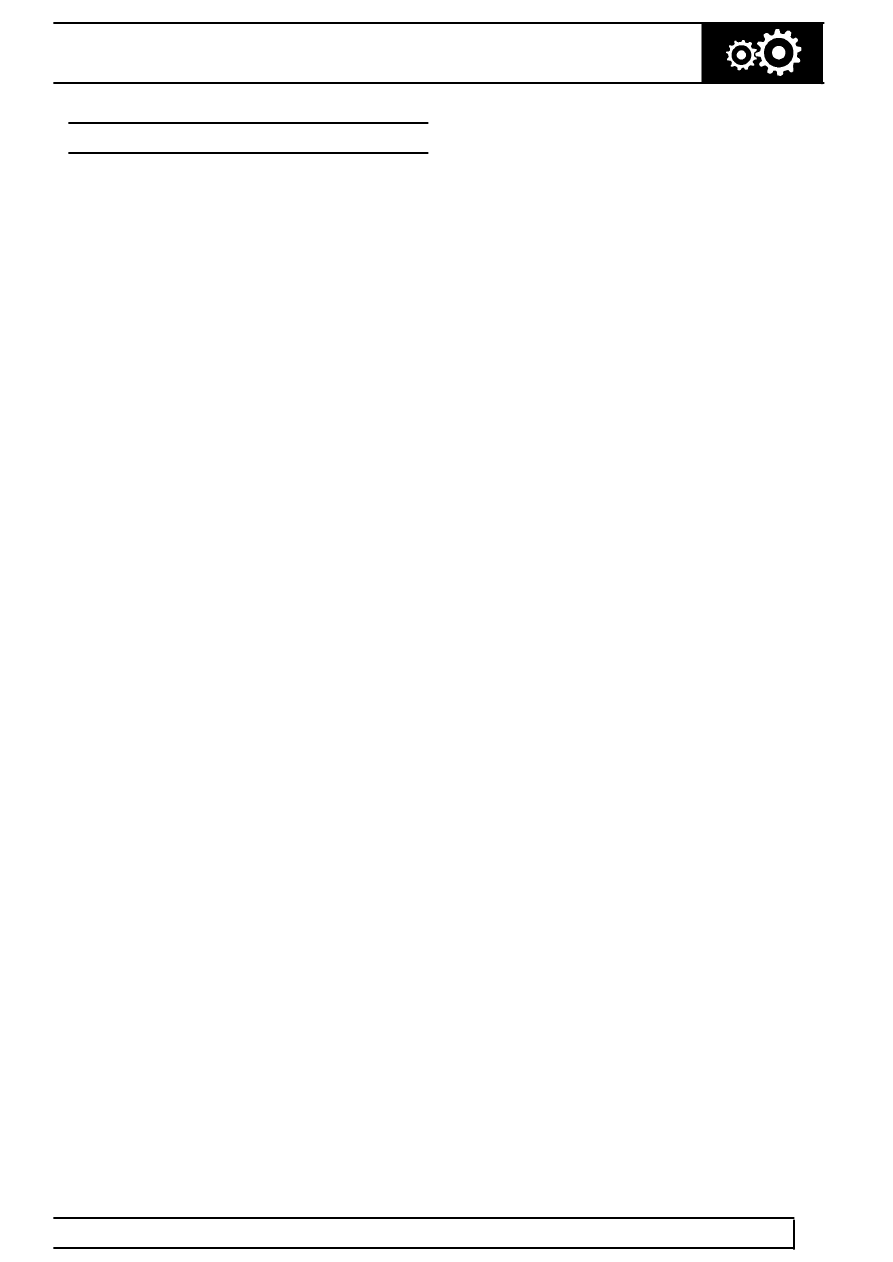Range Rover P38 Automatic Gearbox - ZF Auto Operation

ZF AUTO
19
DESCRIPTION AND OPERATION
OPERATION
General
The gear position switch outputs are monitored by the
BeCM and the EAT ECU. The BeCM outputs gear
position signals to illuminate the position indicators
each side of the gear selector lever and on the
message centre in the instrument pack.
In D, 3, 2, and 1, the EAT ECU outputs control signals
to the gearbox to select the required gear.
In D, all forward gears are available for selection by
the EAT ECU. In 3, 2 and 1, a corresponding limit is
imposed on the highest gear available for selection.
When R is selected, reverse gear only engages if the
vehicle is stationary or moving at 5 mph (8 km/h) or
less.
Selector Lever Interlock (where fitted)
The interlock solenoid on the selector lever is
de-energised unless the foot brake is applied while
the ignition is on. While de-energised, the interlock
solenoid allows the selector lever to move through the
range unless P is selected.
On entering the P position, the interlock solenoid
engages a latch which locks the selector lever. When
the ignition is on and the foot brake is applied, the
BeCM energises the interlock solenoid, which
disengages the latch and allows the selector lever to
be moved out of P.
Economy, Sport and Manual Modes
During the power-up procedure after the ignition is
switched on, the EAT ECU defaults to an economy
mode. Pressing the mode switch causes the EAT
ECU to change between the economy mode and the
sport or the manual mode, depending on the range
selected on the transfer box:
•
If the transfer box is in high range, the EAT ECU
changes to the sport mode and illuminates the
sport mode lamp on the selector cover and
displays ’S’ in the instrument pack message
centre. In the sport mode the gearbox is more
responsive to accelerator pedal movement.
Downshifts occur earlier and upshifts occur later.
•
If the transfer box is in low range, the EAT ECU
changes to the manual mode and illuminates the
manual mode lamp on the selector cover and
displays ’LM’ in the instrument pack message
centre. Kickdown is disabled and the EAT ECU
maintains the gearbox in the gear selected on
the selector lever (D = 4th gear) to give
improved off road performance. Downshifts
occur only to prevent the engine stalling.
From a standing start, the vehicle pulls away in
1st gear and, if a higher gear is selected,
upshifts almost immediately to the selected gear
(shifts of more than one gear can occur).
•
After a second press of the mode switch the EAT
ECU reverts to the economy mode, for the range
selected on the transfer box, and extinguishes
the related mode lamp on the selector cover and
removes the ’S’ or ’LM’ display in the instrument
pack message centre.
•
When the vehicle is in the default mode (i.e. high
range and economy) and towing or driving up
steep gradients, the EAT ECU will select a shift
pattern appropriate to the driving conditions. If a
heavy trailer is being towed or a steep gradient
is encountered, the transmission will hold in the
gears longer than in normal operation.
Shift Control
To provide the different driving characteristics for each
mode of operation, the EAT ECU incorporates
different shift maps of throttle position/road speed.
Base shift points are derived from the appropriate shift
map. When a shift is required, the EAT ECU sends a
request to the ECM for a reduction in engine torque, in
order to produce a smoother shift. The percentage of
torque reduction requested varies according to the
operating conditions at the time of the request.
